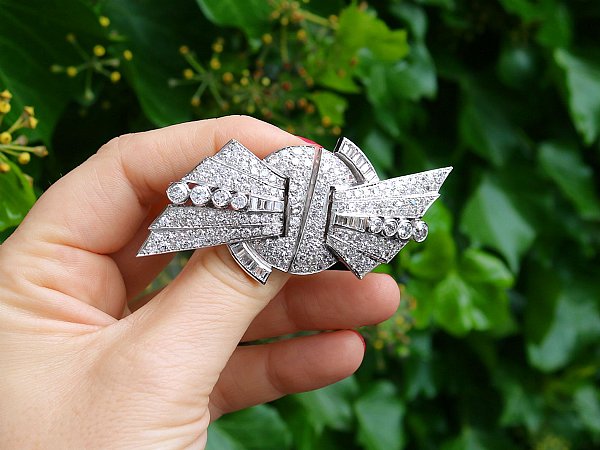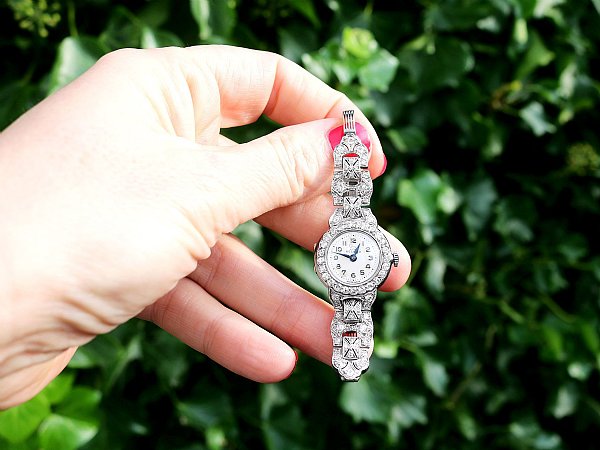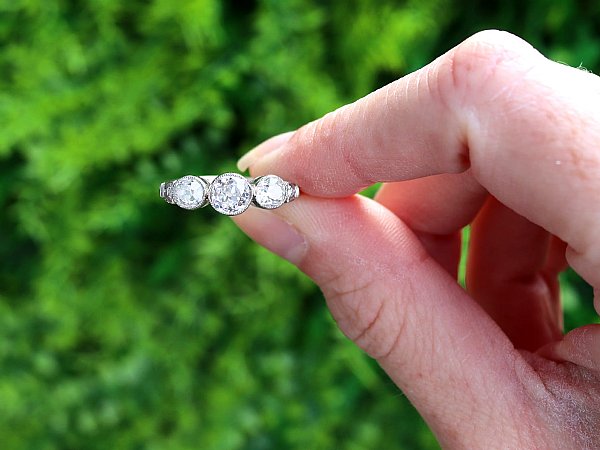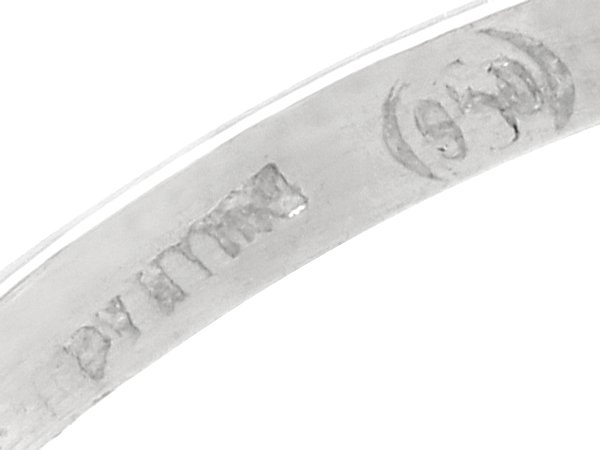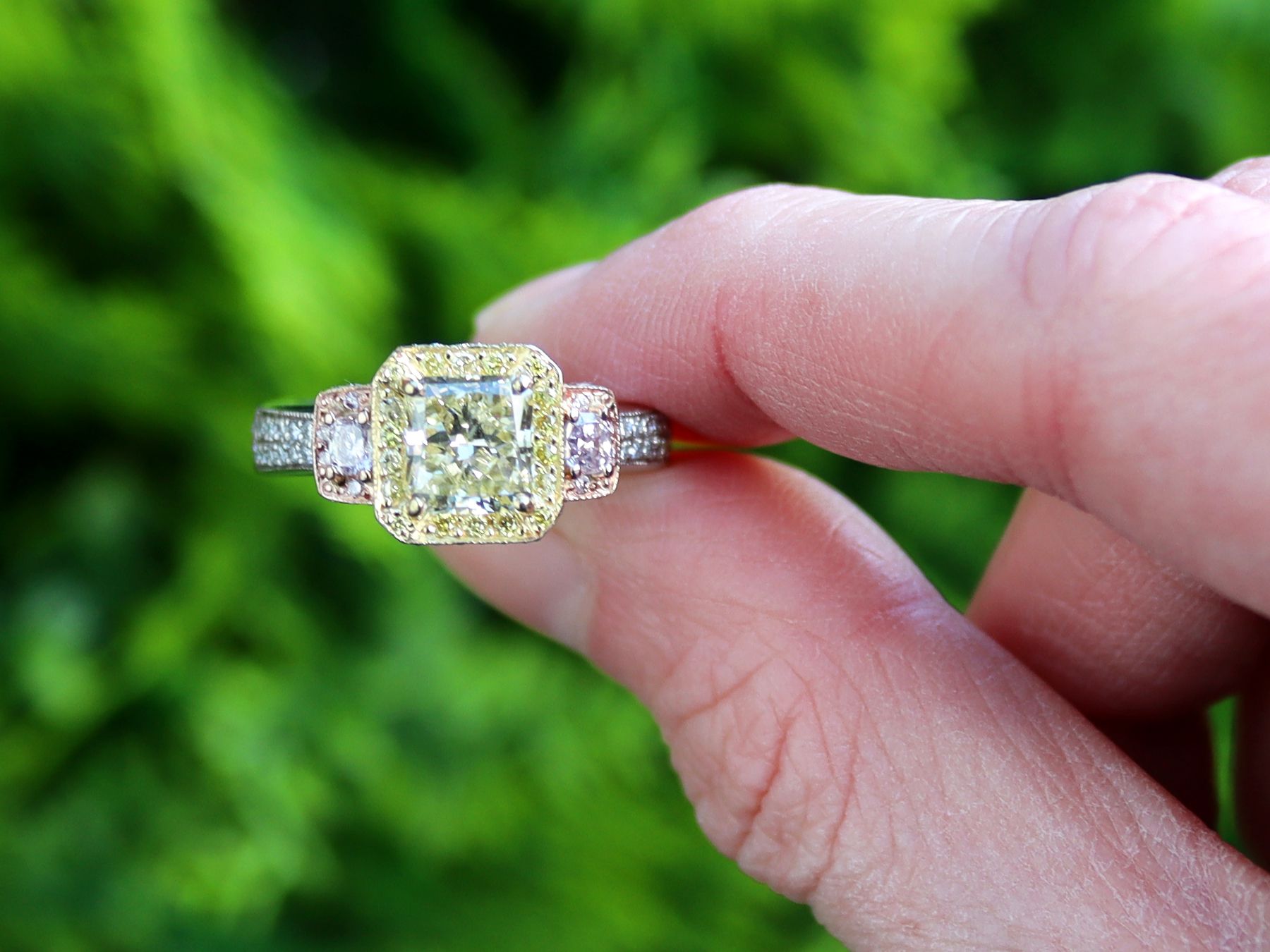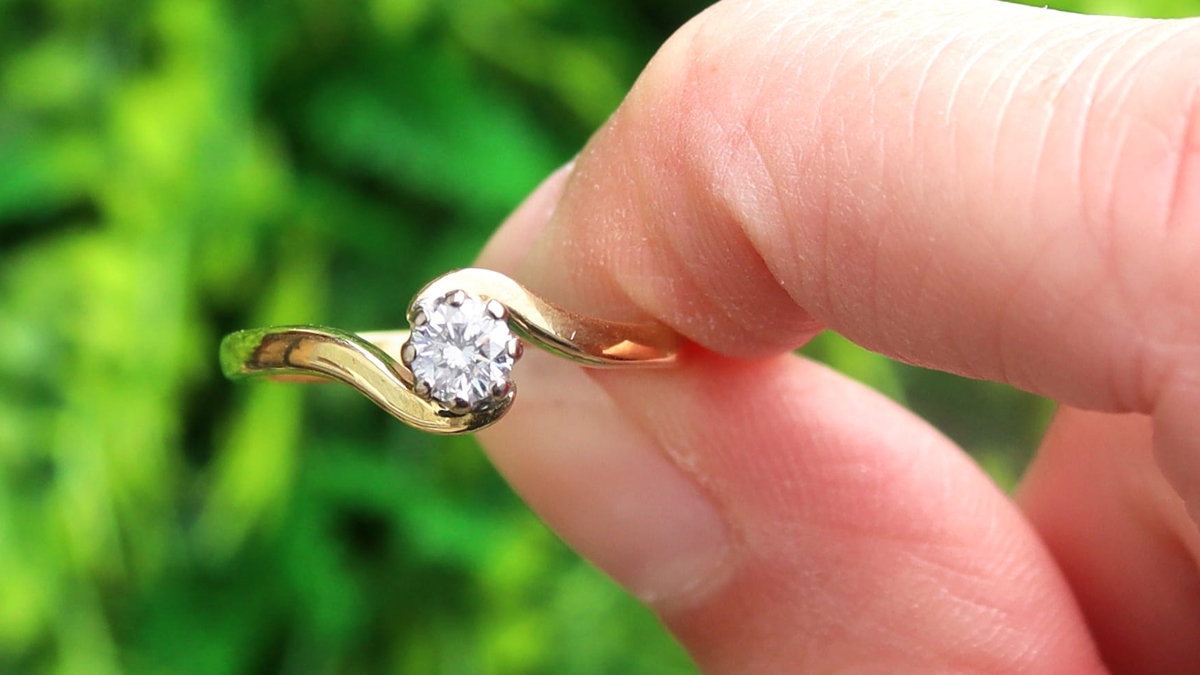Art Deco jewellery is seen by many as one of the overarching elements of early 20th century life. Its designs are bold, and were a huge step away from the Art Nouveau designs which had come before. Today, we’ll discuss how to identify Art Deco jewellery.
Shape
The most prominent element of Art Deco jewellery was its shape. Geometric shapes, with sharp edges and angles were prominent, and symmetrical designs were highly popular. If you have a piece of jewellery with angular symmetry, it could well be described as Art Deco jewellery.
Common shapes to find in Art Deco jewellery include: rectangles and octagons. Some rarer pieces have asymmetrical designs, but they are always very sharp in their shapes. This art deco brooch, for example, is an example of asymmetrical Art Deco jewellery that maintains a very sharp and angular overall shape.
Pieces such as double clip brooches, sometimes called duette brooches, can be examples of asymmetrical Art Deco jewellery that can be utilised in a way that compliments the symmetrical styles of the era. Each part of a double clip brooch can be worn as a separate item, leading to a plethora of choices for those wanting to mix up their styles.
Era-Defining Pieces
Speaking of the double clip brooch, there are certain types of jewellery that are very typical to the Art Deco period. Double clip brooches in particular took off in popularity during the Art Deco period, and petered out almost all together by the mid-20the century.

Another piece of jewellery that found its fame through Art Deco was the sautoir necklace. A strand – sometimes multiple strands – of pearls come together to create a necklace that often reached the naval or even hips in length. Complimenting the elongated shapes of Art Deco fashion, the sautoir was very popular during the era. When popular silhouettes evolved, the sautoir was no longer the peak of fashion, and so sautoir necklaces are relatively easy to place as Art Deco jewellery.
The cocktail watch is another element of jewellery that defined the Art Deco period. In a time where women were financially independent for the first time, buying a diamond-encrusted watch was an easy way to celebrate the accumulated paydays. Cocktail watches were a key element of a cocktail hour culture that didn’t exist much further into the 20th century, and so many cocktail watches – particularly those in the famed angular shapes – can be safely identified as being Art Deco pieces.
Hallmarks
We’ve said it before and we’ll say it again, the number one way of identifying any information about the provenance of a piece of jewellery is hallmarks. Brands like Cartier and Tiffany & Co. use hallmarks on their pieces to identify that that piece is a part of their brand, and many other Art Deco jewellery designers did the same.
Beyond this, many pieces of luxury jewellery feature hallmarks that identify the materials used in the piece itself. Hallmarks for things like the gold carat used, or indicating platinum if that was used instead are relatively commonplace, and are often different in different countries.
The main hallmarks one would be interested in when figuring out how to identify Art Deco jewellery, however, is the date mark. Not all pieces have it, but those that do are certainly treasured for the clarity of their age.
The date hallmark is always a letter of the alphabet, several times in a century the font used to establish the date changes, allowing the alphabet to be used and re-used over and over again. If you have a piece of jewellery with a hallmark that is a single letter, it would be worth examining the various online hallmark databases to see if you can figure out the age of your piece.
And there we have it, a few simple guidelines that can help you when you’re wondering how to identify Art Deco jewellery. It’s not easy to examine jewellery for an age estimate, and so sometimes taking your pieces to a professional is a worthwhile endeavour, as they’re likely to tell you things about your jewellery that you never could have imagined.


